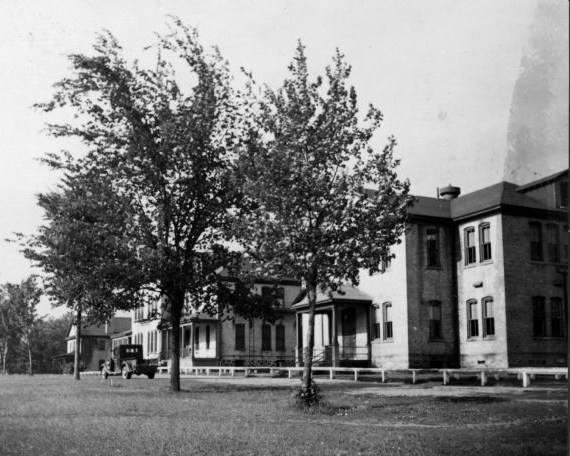
By Kris Leonhardt
Editor-in-chief
Continued from last week
“The majority of the tribes came with us to Wisconsin,” said former general manager/strategist, Bill Gollnick. “Our chiefs represented them in our negotiations with the Menominee and Ho-Chunk and represented us in issues between our people and the officials of Green Bay and Fort Howard. They also represented us on national issues with the federal government.”
According to a letter written by United States land agent, Jasper Parrish in October 1824, the Six Nations was comprised of 16 reservations of 5,143 at the time — 1,096 of them Oneida being relocated to an area west of what is now Green Bay.
Due to the timing of their move to northeastern Wisconsin and the densely-wooded land they came to, the first winter was hard for the first wave of Oneida coming to the area.
But the Oneida people were familiar with the land and game and found it much like their New York homeland.
The last group of Oneida arrived in Wisconsin in 1841, three years after the final treaty was entered with the United States.
During that time, the original treaty signed with the Menominee was reduced to 500,000 acres through the Stambaugh Treaty; then 65,436 through the Treaty of Buffalo.
On Jan. 3, 1838, a formula was devised, giving each Oneida tribal member 100 acres.
With 654 Oneida people listed on the 1838 Census, a land base was set at 65,430.
Ten years later, Wisconsin became a state, and as settlements began to grow, relations grew difficult as communities developed.
“The Oneidas are surrounded by white settlements, and the contact, as usual, has been highly injurious to them,” an 1858 Report of the Commissioner of Indian Affairs stated.
The government and Christian missionaries also began introducing boarding schools in an attempt to create a “mainstream culture.”
“In the 1870s, an Army officer named Richard Henry Pratt devised and successfully advocated for institutions in the name of education that would, in his words, ‘kill the Indian and save the man,’” Bill Gollnick stated, adding that these were “facilities where Indian students were denied knowledge of their histories, cultures, religious backgrounds.
“The people who led the Oneidas… were being replaced by leaders who were in a program to become blue-collar or no-collar workers.
“Our women, who held roles of prominence in our government, were now people trained to iron, sew, cook and operate as domestics.
“Over 100 years of federal policy had attempted to remove us from our communities and to diminish our reservations.
“We would not let who we were die; we would return to our communities.”
Next week: Maintaining their homeland
